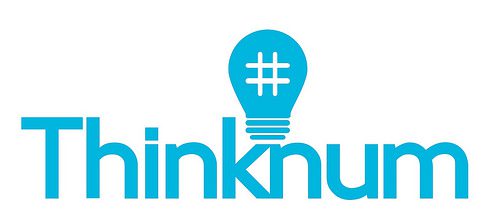The Finovate Debuts series introduces new Finovate alums. Today’s feature is Thinknum, which demonstrated its collaboration and comparison tools for financial analysis.
Thinknum’s web-based software is targeted to financial analysts. The collaboration and cloud-computing tools help build better financial models. It seeks to revolutionize asset valuation and empowers analysts to turn complicated spreadsheets into in-depth analyses.
Stats
- 4,000 analysts on platform
- $1 million raised
- Product launched December 2013
The problem
To more accurately value stocks, sophisticated investors create financial models based on metrics such as company sales, website page views, and global events such as spikes in food prices. Often, analysts use simple spreadsheets which can be inefficient in managing complicated data.
Most financial models are shared by email, with different versions saved on various hard drives leading to lost content, mis-used models, and other confusion. Additionally, finding specific data points by sorting through spreadsheets is cumbersome.
Enter Thinknum.
The solution
Thinknum provides analysts with a platform to host their spreadsheet-based models. Users can either upload existing models from Excel or build them directly on the platform. Powerful search capabilities enable users to apply a single model to multiple companies, automatically aggregating company-specific information, such as earnings and revenue.
Additionally, Thinknum serves as a collaboration platform where 4,000 analysts from major banks and hedge funds across the globe can share and tweak each others’ models using different assumptions.
What sets Thinknum apart?
1) Computing power
With an overwhelming amount of data and hundreds of APIs created every day, it is impossible to capture all of the information needed for an accurate model. Even if it were possible, analysts would still lack the computing power needed to crunch the numbers in the model. Thinknum’s 50 computing nodes deliver results in seconds, pulling data from thousands of sources.
2) Crowdsourced insights
Similar to Github, Thinknum gives users visibility into the work of other analysts on the platform. This provides insight into how others value certain companies, and can lead to better financial models.
The example below shows how other analysts, listed along the bottom, value Google. The bubbles represent each person’s valuation based on their personal financial model.
From here, analysts can open the model, view its performance, or use the QuickBuilder feature.
With QuickBuilder (below), investors can test their models by simulating the effect of changes in inputs, such as company revenue and cost of goods sold, have on the overall stock price.
Thinknum’s capabilities extend beyond the QuickBuilder feature. It also provides graphs detailing data from over 2,000 sources such as home prices, construction spending, and the unemployment rate.
Views: 463




